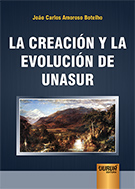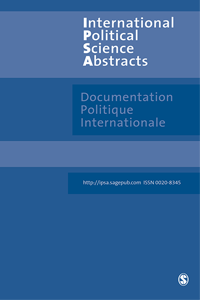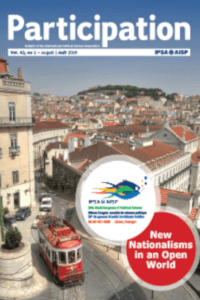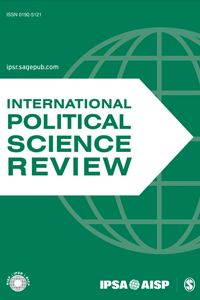La creación y la evolución de Unasur
By : João Carlos Amoroso Botelho
Release date: Jan 2013
Juruá
Number of pages: 250
ISBN: 978853624217-0


Only in 2004, was created the first body to gather the 12 countries of South America, the CASA, which was renamed UNASUR in 2007. Since the 19th century, the region as a whole was the focus of attempts at integration in the Americas for the first time in 1993. However, this initiative of 1993 failed to materialize. Why, then, something that had not happened over these years occurred in 2004? The hypothesis is that the convergence of integrationist positions in the three regional powers, Argentina, Brazil and Venezuela, led by the presidents Lula and Chávez and the Brazilian chancellor Amorim, made possible the creation of UNASUR. This confluence is due more to the priorities of foreign police than economic interests. It is the government action, especially from Brazil and Venezuela, that lead to the emergence of the block, and not social demands. Nonetheless, liberal intergovernamentalism does not fully comply with the case of UNASUR, since, among other reasons, economic interests are not sufficient to explain the formation of the body and need to be combined with political objectives of the governments. To support its arguments, the thesis uses a series of empirical data, relative to Argentina, Brazil and Venezuela and ranging from military regimes in the first two countries until 2011, besides documents, statements and interviews.











